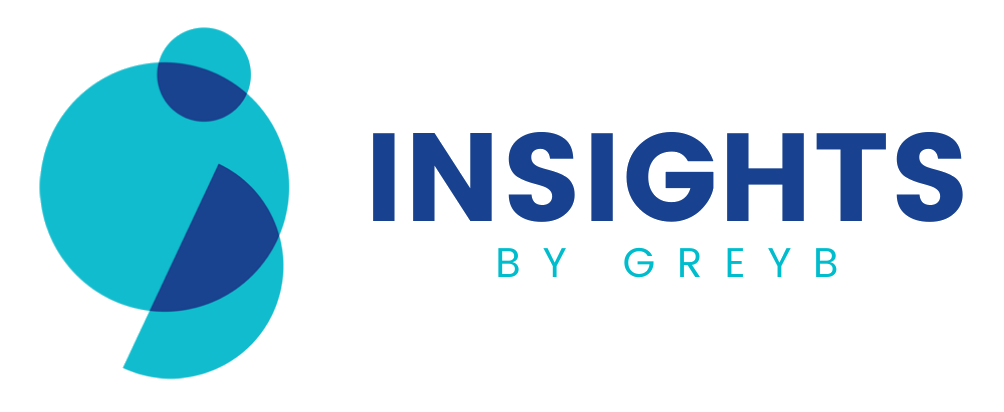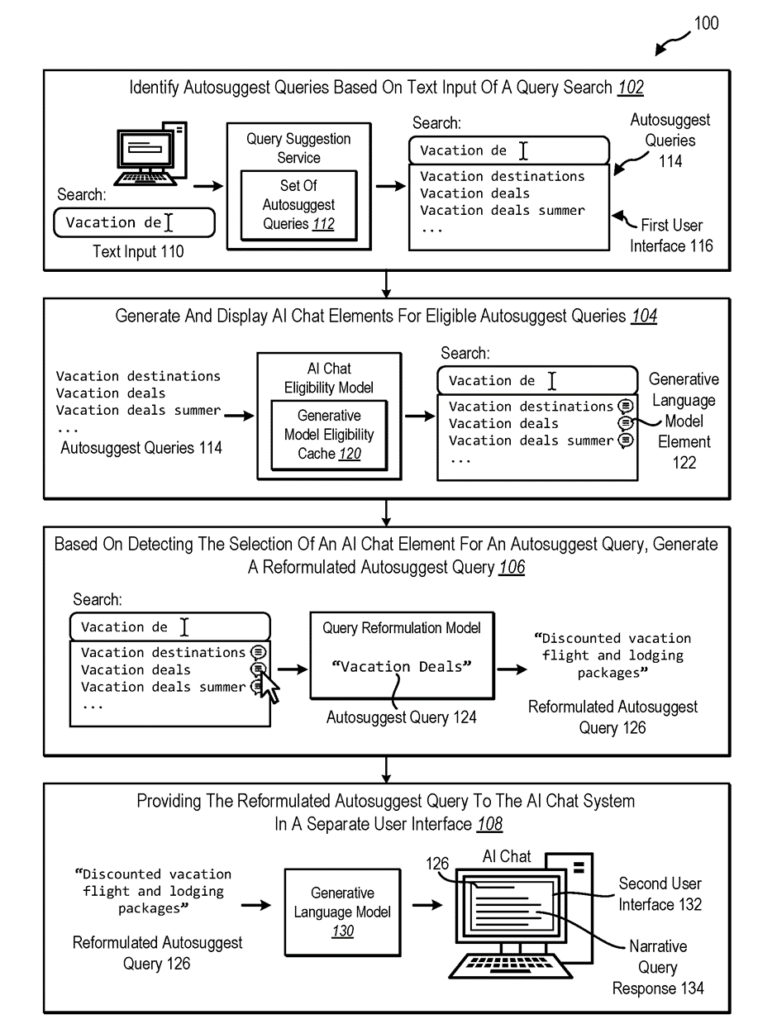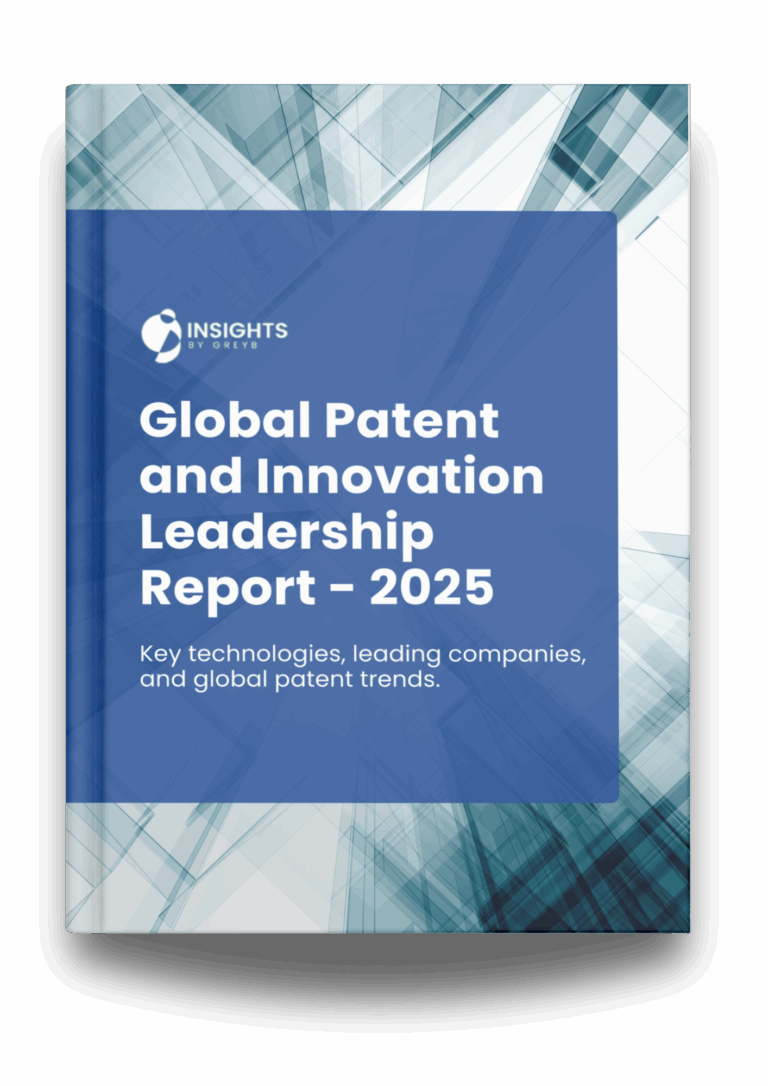In today’s fast-paced world, productivity tools are evolving at a rapid pace, and Microsoft Copilot is at the forefront of this transformation. With AI becoming increasingly integrated into everyday software, Microsoft Copilot brings a sophisticated blend of automation, natural language processing, and seamless user experiences to some of the most popular office applications like Microsoft Word, Excel, and PowerPoint. By leveraging powerful generative AI models, Copilot is not just a digital assistant but a robust productivity partner.

What Makes Microsoft Copilot Unique?
Microsoft Copilot stands out in the crowded field of AI assistants with its innovative and highly functional features. Here’s what makes Copilot unique:
Natural Language Understanding: With Copilot, users can interact with their software simply by typing or speaking in natural language. Whether it’s drafting emails, creating complex spreadsheets, or preparing presentations, Copilot makes these tasks faster and more intuitive.
Context-Aware AI: Copilot doesn’t just respond to commands—it understands the context. This allows it to provide suggestions, complete tasks, and offer insights that are highly relevant to the user’s current work.
Seamless Integration: Copilot integrates deeply within Microsoft 365 apps, allowing for effortless transitions between tasks without interrupting the user experience. The AI works within the same interface that users are familiar with.
Advanced Query Gateway: Copilot’s ability to generate context-aware suggestions is backed by advanced systems that query data intelligently, ensuring that all recommendations are not only accurate but also applicable to the task at hand.

Key Patents Behind Microsoft Copilot
The power of Microsoft Copilot is grounded in cutting-edge patents that describe innovative systems for AI-powered interactions. Let’s look at some key patents that power Copilot:
US2024411824A1: This patent describes a query gateway system that enhances productivity by enabling context-retained autosuggestions. It allows Microsoft Copilot to seamlessly connect to generative language models, providing suggestions based on context without disrupting the user’s workflow. This system also incorporates an AI chat eligibility model and a query reformulation model, improving the system’s computational efficiency and accuracy.
WO2024186589A1 & US2024296177A1: These patents highlight how Copilot implements conversational AI to facilitate interactions with large language models (LLMs). They allow users to input natural language commands, which are processed through a multi-step orchestration process. The result is a system that can generate intelligent responses, tailored to user data, making Copilot an even more powerful tool for personalized task execution.
US2024411527A1: This patent outlines a system that enhances code editing environments. By using context from source code documents, Copilot provides developers with contextually relevant suggestions. Whether it’s fixing syntax errors, suggesting optimizations, or offering other improvements, this feature streamlines the development process by embedding AI directly into the workflow.
US2024311576A1: In collaborative environments, Copilot shines with AI-driven collaboration templates. This patent introduces a system where users can engage in brainstorming sessions through AI-enhanced templates. Natural language commands are processed by Copilot, which provides real-time feedback, facilitating creative processes with AI suggestions that drive collaboration.
Comparison with Competitors
While Microsoft Copilot is a standout in its integration with Microsoft 365 applications, there are other AI-driven productivity tools on the market. Here’s how Copilot stacks up against the competition:
| Feature | Microsoft Copilot | Google Assistant | ChatGPT |
| Natural Language Support | Yes, across Microsoft 365 apps | Yes, across Google products | Yes, via web and integrated tools |
| Contextual Awareness | Deep context retention across documents and tasks | Limited context within Google services | Limited to current conversation |
| Productivity Integration | Deep integration with Microsoft Office apps | Works primarily with Google apps | Can integrate with third-party apps |
| Customization | Tailored AI responses for productivity tasks | Limited to preset commands and tasks | Highly customizable via API |
Microsoft Copilot leads in providing deep, context-driven AI assistance within a single ecosystem of productivity tools, which is an area where competitors like Google Assistant and ChatGPT currently lac
Conclusion
Microsoft Copilot is more than just a digital assistant, it is a transformative tool that enhances productivity through intelligent AI integration. From contextual task suggestions to collaborative brainstorming, Copilot leverages innovative patents to streamline everyday tasks in Microsoft 365 apps. As AI continues to evolve, tools like Microsoft Copilot are setting a new standard for productivity and efficiency in the workplace.
Curious about AI assistance innovations? Fill out the form below to request a detailed patent report on this technology!





